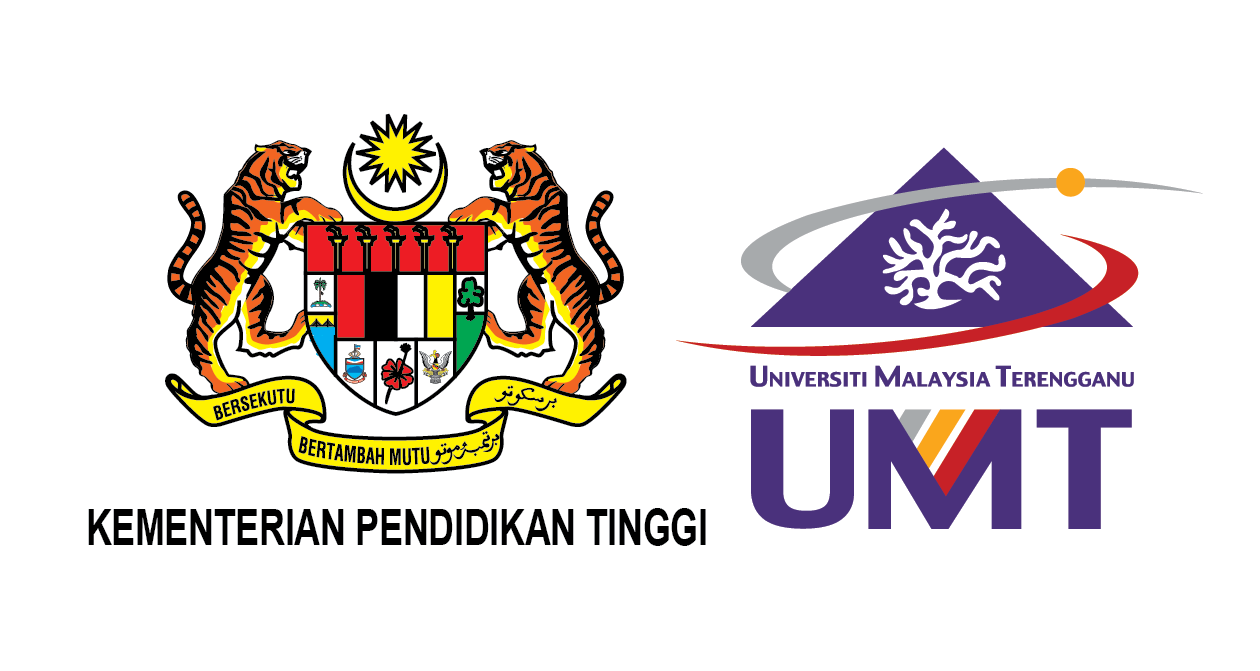Please use this identifier to cite or link to this item:
http://umt-ir.umt.edu.my:8080/handle/123456789/6936Full metadata record
| DC Field | Value | Language |
|---|---|---|
| dc.contributor.author | YAP, C. K. | - |
| dc.contributor.author | YAZDANI, M. | - |
| dc.contributor.author | TAN, S.G. | - |
| dc.date.accessioned | 2017-10-04T03:19:06Z | - |
| dc.date.available | 2017-10-04T03:19:06Z | - |
| dc.date.issued | 2009 | - |
| dc.identifier.uri | http://hdl.handle.net/123456789/6936 | - |
| dc.description.abstract | Surface sediments from three sampling sites, namely Kuyoh River IndustrialArea, Kuyoh River Residential Area and Sri Serdang Lake at the Sri Serdang Area were collected and determined for the concentrations ofCu and Zn. The mean total Cu concentrations in the sediment of the three sites were 347.64, 32.04 and 21.71 J.Lg/g dry weight, respectively, while those for Zn were 219.75, 140.64 and 85.10 J.Lg/g dry weight, respectively. The geochemical distributions ofthe 'non-resistant' (non-lithogenous) and the 'resistant' fractions for Cu in the three sites were 99.6% and 0.4% for the Kuyoh River Industrial Area, 99.19% and 0.81% for the Kuyoh River Residential Area while for the Sri Serdang Lake they were 97.74% and 2.26%, respectively. For Zn, the geochemical distributions of the 'non-resistant' and the 'resistant' fractions in the three sites were 61.2% and 38.3% for the Kuyoh River Industrial Area, 56.2% and 43.8% for the Kuyoh River Residential Area while for the Sri Serdang Lake they were 52.65% and 47.35%, respectively. These results showed that the site at the Kuyoh River Industrial Area had the highest concentrations of Cu and Zn. These levels greatly exceeded the natural background levels and so this was considered to be seriously polluted. The topography of the Kuyoh River shows that the sampling site at the Kuyoh River Residential Area is located after the Sri Serdang Lake while the sampling site at the Kuyoh River Industrial Area is located on another branch of Kuyoh River but it is located right after a metal factory which later joins the branch running through the Kuyoh River Residential Area at the downstream. The exact location of the point source and the river flow are two major factors contributing to the elevated levels ofCu and Zn at a particular sampling site. The elevation ofthe Cu and Zn levels suggest that the regulations on untreated effluents should be strictly implemented by the local authorities in order to remedy the situation. | en_US |
| dc.language.iso | en | en_US |
| dc.publisher | Journal of Sustainability Science and Management | en_US |
| dc.subject | Geochemical distributions | en_US |
| dc.subject | resistant and non-resistant fractions | en_US |
| dc.subject | Cu and Zn | en_US |
| dc.subject | surface sediments | en_US |
| dc.title | THE IDENTIFICATION OF POINT SOURCES IN A RIVER RECEIVING INDUSTRIAL METAL EFFLUENTS AT THE SERDANG INDUSTRIAL AREA, SELANGOR | en_US |
| dc.type | Article | en_US |
| Appears in Collections: | Journal Articles | |
Files in This Item:
| File | Description | Size | Format | |
|---|---|---|---|---|
| 3.Dec09.pdf | 8.34 MB | Adobe PDF | View/Open |
Items in UMT-IR are protected by copyright, with all rights reserved, unless otherwise indicated.

